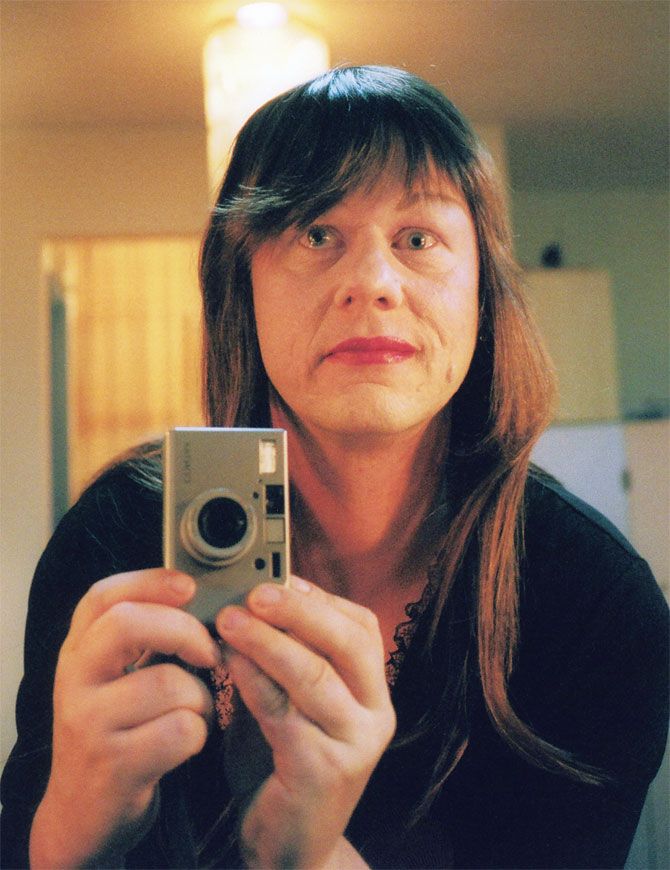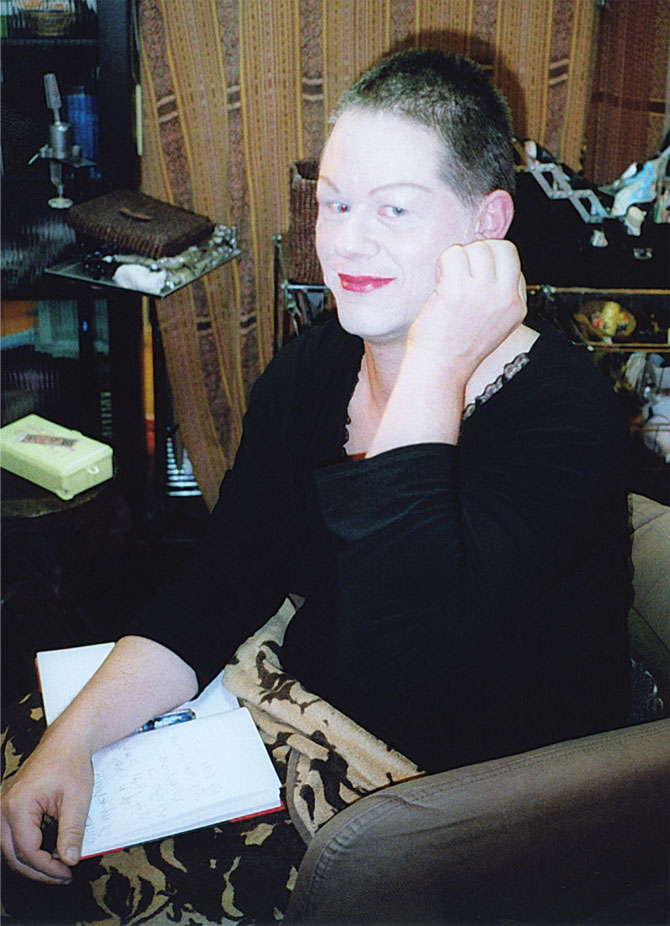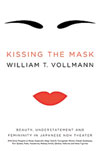One of the main reasons that William T. Vollmann's writing is so expertly detailed and rich is because he is a master of both old-fashioned, shoe-leather research and the deskbound library variety. His hugely varied interests have led him to the North...





